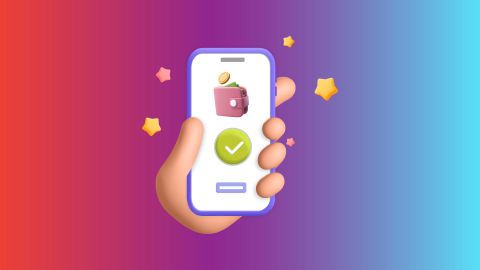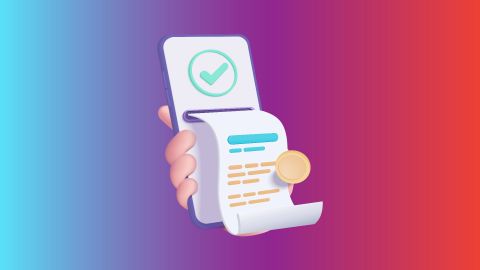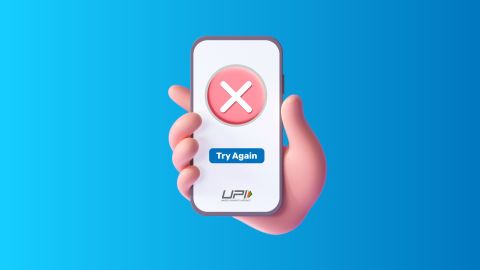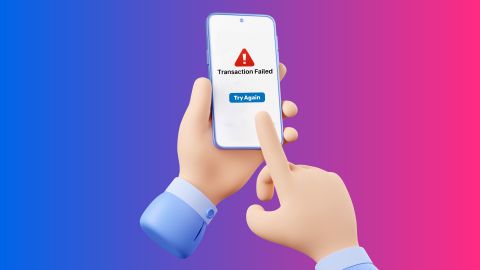Explore the world of broadband internet with this in-depth guide. Learn about broadband speed, its various connection types, and the advantages it offers over older technologies like dial-up.
What Is broadband internet
-
-
Broadband internet refers to high-speed, always-on internet access that provides fast and reliable connectivity for users. Unlike older technologies such as dial-up, broadband allows for simultaneous use of internet and phone lines while supporting a wide range of online activities like streaming, gaming, and remote work.
For seamless Bajaj Pay transactions or hassle-free broadband bill payments, broadband has become a necessity in modern life.What is Broadband Internet
Broadband internet is a type of internet connection that offers high data transfer rates and uninterrupted access. It is available in various forms, such as DSL, cable, fibre-optic, and satellite. The term “broadband” refers to its ability to transmit multiple signals and types of traffic simultaneously, enabling fast download and upload speeds. Broadband has revolutionised internet usage by supporting advanced digital services and applications.Types of broadband connections
Type Description DSL (Digital Subscriber Line) Uses existing telephone lines to provide internet, offering speeds up to 100 Mbps. Fibre-optic Delivers ultra-fast speeds using light signals through glass cables, supporting up to 1 Gbps or more. Cable Uses coaxial cables from TV service providers, with speeds up to 500 Mbps. Satellite Internet-delivered via satellite signals, ideal for rural areas but with higher latency. Fixed wireless Connects via radio signals from nearby towers, offering decent speeds in remote locations. Benefits of Broadband Internet
Speed and efficiency: Enables quick downloads, streaming, and video conferencing.
Reliability: Always-on connection with fewer interruptions compared to dial-up.
Multi-device support: Allows multiple devices to connect simultaneously without losing speed.
Versatility: Supports various applications, including remote work, online education, and smart home systems.
Economic Impact: Boosts productivity for businesses and access to global markets.How does Broadband Internet work
Broadband internet uses high-capacity transmission technologies to deliver data. Depending on the type, it transmits information via cables (DSL, cable, fibre-optic), satellite signals, or wireless methods.
1. Data transmission: The ISP sends data to your modem through a chosen medium.
2. Device access: The modem connects to your router or devices, distributing the internet.
3. Two-way communication: Broadband supports simultaneous download and upload of data, ensuring smooth connectivity.Broadband speed explained (Mbps and GB)
Mbps (Megabits per second): Measures the rate at which data is downloaded or uploaded. Higher Mbps indicates faster speeds.
GB (Gigabytes): Represents the total amount of data consumed, with 1 GB equal to 1,024 MB.
For example, streaming HD videos typically requires speeds of 5-10 Mbps, while activities like 4K streaming or online gaming may need 25 Mbps or more.Broadband vs. dial-Up: Key differences
Feature Broadband Dial-Up Speed High (10 Mbps to 1 Gbps) Slow (up to 56 Kbps) Connection type Always-on Requires manual connection Simultaneous use Allows phone and internet together The phone line is occupied during use Applications Supports advanced tasks like streaming Limited to basic web browsing Common uses of Broadband Internet
Streaming: Watch videos, movies, and live events on platforms like Netflix and YouTube.
Work: Enable remote work, video conferencing, and cloud-based collaboration.
Education: Access online courses, virtual classrooms, and research materials.
Gaming: Enjoy seamless online gaming with low latency.
Smart homes: Connect IoT devices like smart lights, thermostats, and cameras.How to choose the right broadband plan for you
1. Evaluate your needs: Determine whether you require broadband for streaming, work, gaming, or general use.
2. Consider speed: Opt for plans offering speeds that match your activities (e.g., 50 Mbps for families, 100 Mbps+ for gamers).
3. Data limits: Check if the plan includes unlimited data or capped usage.
4. Cost-effectiveness: Compare prices and features across providers.
5. Provider reputation: Look for ISPs with good customer service and minimal downtime.Future of broadband technology
The future of broadband is driven by advancements in technologies like:
5G: Offers ultra-fast wireless connectivity with minimal latency.
Fibre-optic networks: Expanding globally to support speeds over 1 Gbps.
Satellite internet: Innovations like Starlink provide faster and more reliable service in remote areas.
Smart networks: AI-powered optimisation ensures better bandwidth allocation and performance.
-
Recharge and Pay Bills
Mobile Prepaid
Mobile Postpaid
Broadband Bill Payment
Electricity Bill Payment
Bajaj Finserv App for All Your Financial Needs and Goals
Trusted by 50 million+ customers in India, Bajaj Finserv App is a one-stop solution for all your financial needs and goals.
You can use the Bajaj Finserv App to:
You can use the Bajaj Finserv App to:
- Apply for loans online, such as Instant Personal Loan, Home Loan, Business Loan, Gold Loan, and more.
- Explore and apply for co-branded credit cards online.
- Invest in fixed deposits and mutual funds on the app.
- Choose from multiple insurance for your health, motor and even pocket insurance, from various insurance providers.
- Pay and manage your bills and recharges using the BBPS platform. Use Bajaj Pay and Bajaj Wallet for quick and simple money transfers and transactions.
- Apply for Insta EMI Card and get a pre-approved limit on the app. Explore over 1 million products on the app that can be purchased from a partner store on Easy EMIs.
- Shop from over 100+ brand partners that offer a diverse range of products and services.
- Use specialised tools like EMI calculators, SIP Calculators
- Check your credit score, download loan statements and even get quick customer support—all on the app.
Frequently asked questions
What is the difference between broadband internet and dial-up?
Broadband offers high-speed, always-on internet connectivity, while dial-up uses telephone lines and requires manual connection. Broadband supports multiple devices, faster speeds, and advanced activities like streaming and gaming, whereas dial-up is limited to basic tasks like email and web browsing at significantly lower speeds.
How do I check my broadband speed?
You can check your broadband speed using online tools like Speedtest.net or Fast.com. These services measure your download, upload, and ping speeds in real-time, providing an accurate assessment of your internet performance. Ensure no other devices are using the connection during the test for accurate results.
What is the best type of broadband connection for home use?
Fibre-optic broadband is the best option for home use due to its high speeds, reliability, and ability to support multiple devices simultaneously. For areas without fibre availability, cable or DSL can be good alternatives. Satellite broadband is ideal for rural locations where wired options are unavailable.
How can I improve my broadband speed?
You can improve your broadband speed by:
Rebooting your modem and router.
Reducing the number of connected devices.
Using a wired connection instead of Wi-Fi.
Upgrading to a higher-speed plan or better equipment.
Contacting your ISP for assistance or troubleshooting.
Rebooting your modem and router.
Reducing the number of connected devices.
Using a wired connection instead of Wi-Fi.
Upgrading to a higher-speed plan or better equipment.
Contacting your ISP for assistance or troubleshooting.
Are broadband plans unlimited?
Many broadband plans are unlimited, allowing you to use as much data as needed without restrictions. However, some plans may have fair usage policies (FUP) that throttle speeds after reaching a certain data limit. Always check the terms of your plan before choosing one.
Show More
Show Less




